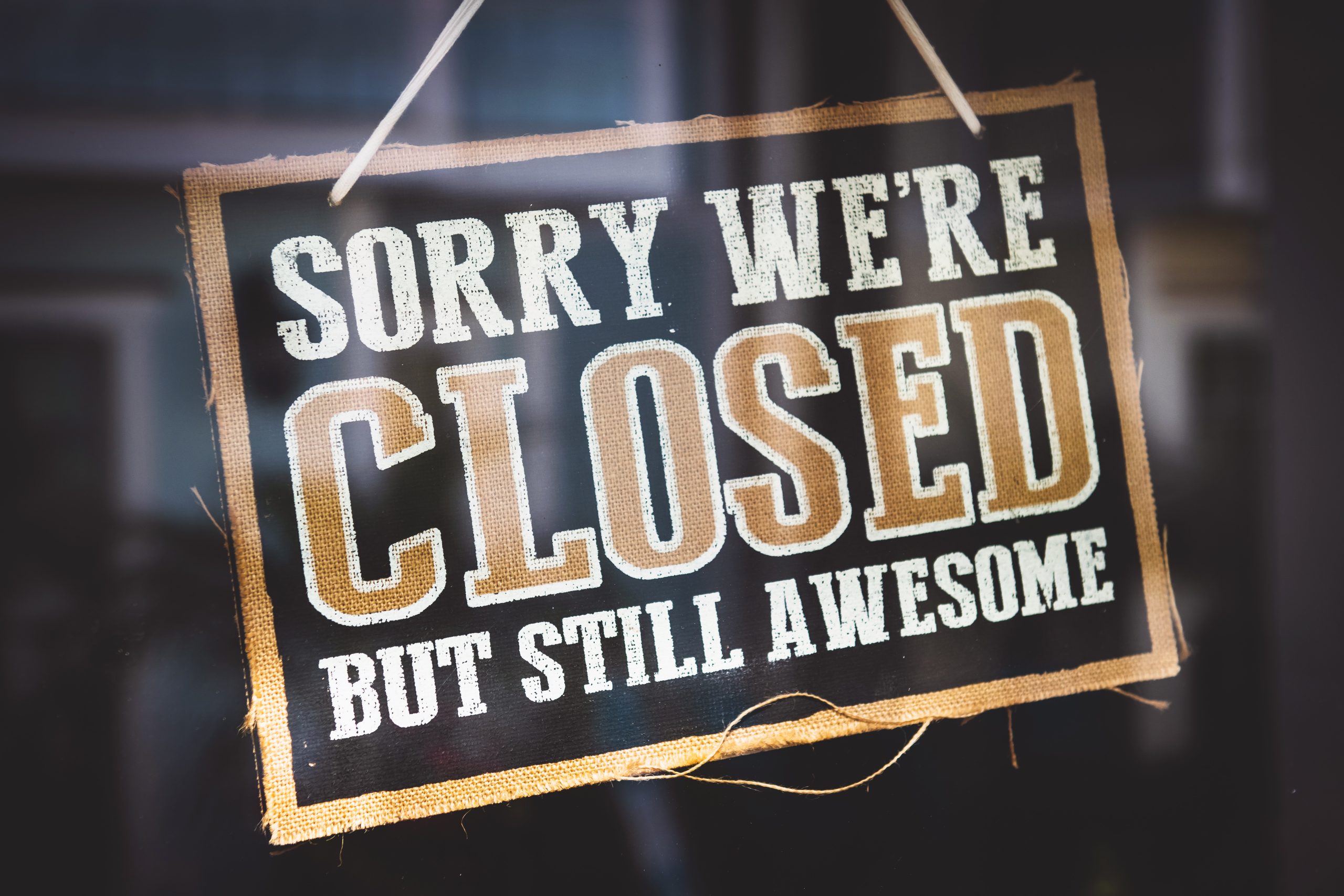What Time Does the Full Moon Rise and Set?
The full moon is an awe-inspiring celestial event that has captivated humans for centuries. Its radiant glow and mystical allure have inspired myths, rituals, and even scientific studies. One of the common questions about the full moon is: what time does it rise and set? In this blog post, we will explore the intricate patterns and timings behind the rising and setting of the full moon. So, grab your telescope and get ready for a journey through the lunar cycle!
The Lunar Cycle: A Brief Overview
Before we delve into the specific timings of the full moon’s rise and set, let’s first understand the lunar cycle. The moon orbits around the Earth, completing a full revolution approximately every 29.5 days. This journey is divided into eight distinct phases: new moon, waxing crescent, first quarter, waxing gibbous, full moon, waning gibbous, third quarter, and waning crescent.
During the new moon phase, the moon is not visible from Earth as it lies between the Earth and the Sun. As the days progress, a small sliver of the moon becomes visible, marking the waxing crescent phase. The moon continues to grow in visibility until it reaches the first quarter phase when half of the moon’s surface is illuminated. The waxing gibbous phase follows, with more than half but less than a full moon visible from Earth.
At the full moon phase, the entire face of the moon is illuminated, appearing as a perfect circle in the night sky. After the full moon, the moon starts to wane, entering the waning gibbous phase. The third quarter phase follows, marking the halfway point of the lunar cycle. Finally, the moon enters the waning crescent phase, gradually diminishing until it becomes invisible again during the new moon, and the cycle restarts.
The Full Moon: A Synchronized Spectacle
Now that we have a basic understanding of the lunar cycle, let’s focus on the full moon and its rising and setting times. The exact timing of the full moon’s rise and set can vary depending on several factors, including your location, time of year, and local atmospheric conditions.
The full moon rises in the east and sets in the west, just like the Sun. However, unlike the Sun, the moon’s rising and setting times change significantly from one night to the next. This is due to the moon’s orbital motion around the Earth and Earth’s rotation. To understand this, we need to introduce two crucial concepts: the moonrise and moonset times.
Moonrise and Moonset
Moonrise refers to the moment when the upper edge of the moon’s disk breaks the horizon, becoming visible in the night sky. Conversely, moonset occurs when the upper edge of the moon’s disk goes below the horizon and is no longer visible. It’s important to note that the moon rises in the east and sets in the west, following the same path as the Sun.
The timing of moonrise and moonset is determined by multiple factors, including the moon’s position in its orbit and the observer’s location on Earth. Additionally, the moonrise and moonset times are influenced by the observer’s latitude, with more extreme latitudes experiencing higher variations in moonrise and moonset times throughout the year.
Influence of Moon Phases on Rise and Set Timings
While the full moon rises and sets at predictable times, the exact timing can vary depending on its phase within the lunar cycle. As mentioned earlier, the full moon is the moment when the entirety of the moon’s surface is illuminated, appearing as a radiant circle in the sky.
During the full moon phase, the moon is opposite the Sun in the Earth-moon-Sun alignment, with the Earth sandwiched in between. As a result, the full moon rises in the east just as the Sun sets in the west. The moon then continues to move across the sky throughout the night, setting in the west as the Sun begins to rise in the east.
The exact timing of the full moon’s rise and set can be easily determined using various online tools dedicated to providing accurate moonrise and moonset times. Additionally, there are mobile applications available that offer real-time notifications and detailed information about the moon’s daily movements, ensuring you never miss an opportunity to witness the full moon in its majestic glory.
Conclusion
The rising and setting times of the full moon are intriguing phenomena that captivate both astronomers and casual observers alike. From the waxing crescent to the full moon, and from the waning crescent to the new moon, the lunar cycle never ceases to fascinate us with its rhythmic dance in the sky.
While the exact timings of the full moon’s rise and set can vary depending on factors like location and time of year, the moonrise and moonset provide ample opportunities for stargazers to witness this celestial spectacle. So, mark your calendar, set your alarm, and immerse yourself in the enchanting beauty of the full moon.
Whether you’re an avid stargazer or simply fascinated by the wonders of the night sky, the rise and set of the full moon are moments that should not be missed. So, find a comfortable spot, embrace the tranquility of the night, and let the cosmic ballet unfold before your eyes.
Table of Contents
